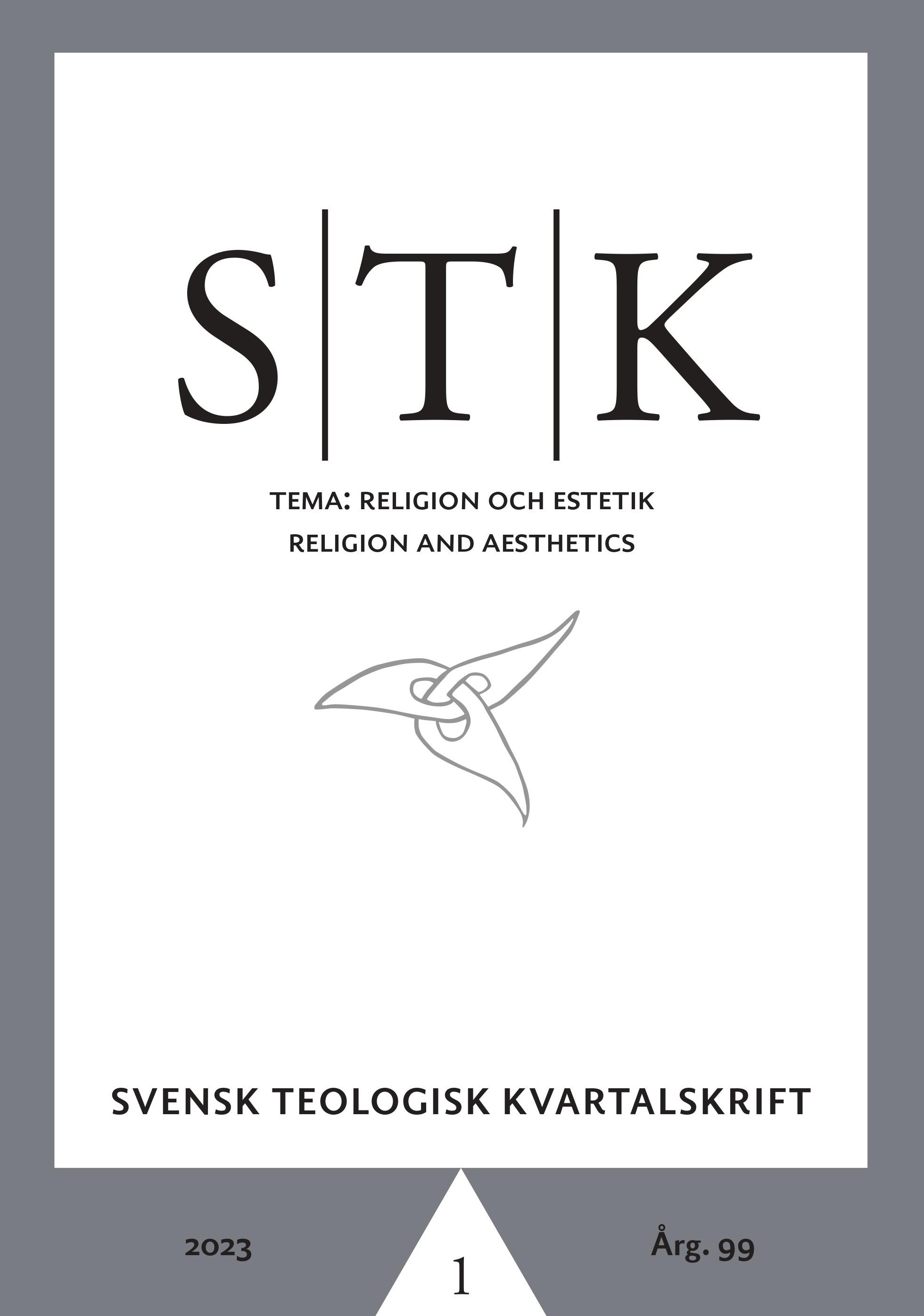Metamorphosis
Chances and Risks in the Relationship between Aesthetic and Religious Experience
DOI:
https://doi.org/10.51619/stk.v99i1.25072Abstract
Approaching the numinous is something that has forged a deep bond between art and religion in European cultural history. In the wake of Kant and Schleiermacher, the German theologian Ulrich Barth elaborates four constitutive elements that distinguish both aesthetic and religious experience: Fullfillment of meaning, interruption, passivity, and transcendence. From Raphael to Caspar David Friedrich to Vincent van Gogh and Paul Cézanne, impressive examples can be found of how these dimensions oscillate between religion and art. Nevertheless, there is a limit: art can, but does not have to, approach the numinous. Art can act as an eye-opener, as a school of perception, as an initiation into what Robert Bellah calls "beyonding"; art can lift the veil that lies over our everyday perception. Religion lives from the numinous. The task of religion is to use symbolic, ritual, and conceptual means to present the mystery of the world and the prospect of salvation in a way that is so tangible and concrete that people can receive support and comfort for their lives from it.
Downloads
Published
Issue
Section
License
Copyright (c) 2023 Jörg Lauster

This work is licensed under a Creative Commons Attribution-NonCommercial-NoDerivatives 4.0 International License.


